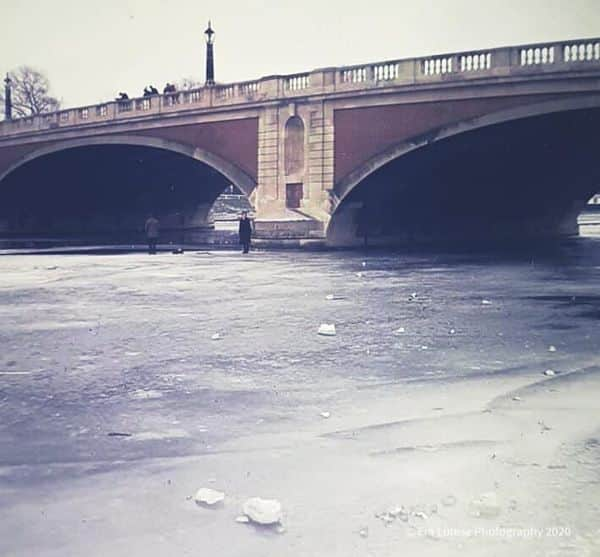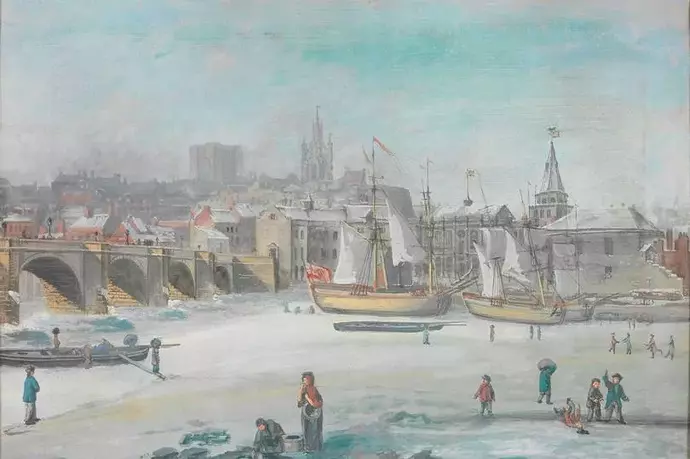
A carnival on the water. Museum of London/Heritage Images/Getty
The year the Thames froze over for two months
Nearly three-and-a-half centuries ago, England was in the grip of a winter so cold it became known as “The Great Frost”, says Bethan Bell on the BBC. Temperatures in London were recorded at around -4C indoors and -12C outside. “The lowest reported was -30C.” Whole families froze and starved, “cattle and deer died where they stood”. The journalist Charles Mackay wrote that it was “so cold the trunks of trees exploded with cracks as loud as the firing of musketry”. The diarist John Evelyn claimed “crows’ feet were frozen to their prey”, and a monk wrote that he had seen “soup which has accidentally spilled while being stirred, freezing at one side while the other still steams”.
The Thames froze, topped by a layer of ice a foot thick, and remained frozen for two months. Londoners soon erected booths and stalls, creating a “frost fair”. Out-of-work watermen pivoted to guiding tourists out on to the ice to see the attractions, and some attached runners to the bottoms of their boats, turning them into sledges. Evelyn described the “bull-baiting, races, puppet shows and many food and drink stalls” – including an entire ox roasted on the ice near Whitehall – as a “bacchanalian triumph or carnival on the water”. Souvenirs were produced, ranging from engraved silver spoons to tickets printed from presses that had been hauled onto the ice. Another diarist, “who rejoiced in the name of Narcissus Luttrell”, recorded on 4 February 1684 that there were “three or four printing houses on the ice” when he visited. There hasn’t been such a major freeze since, and the last, in 1814, lasted only four days.
The Knowledge






